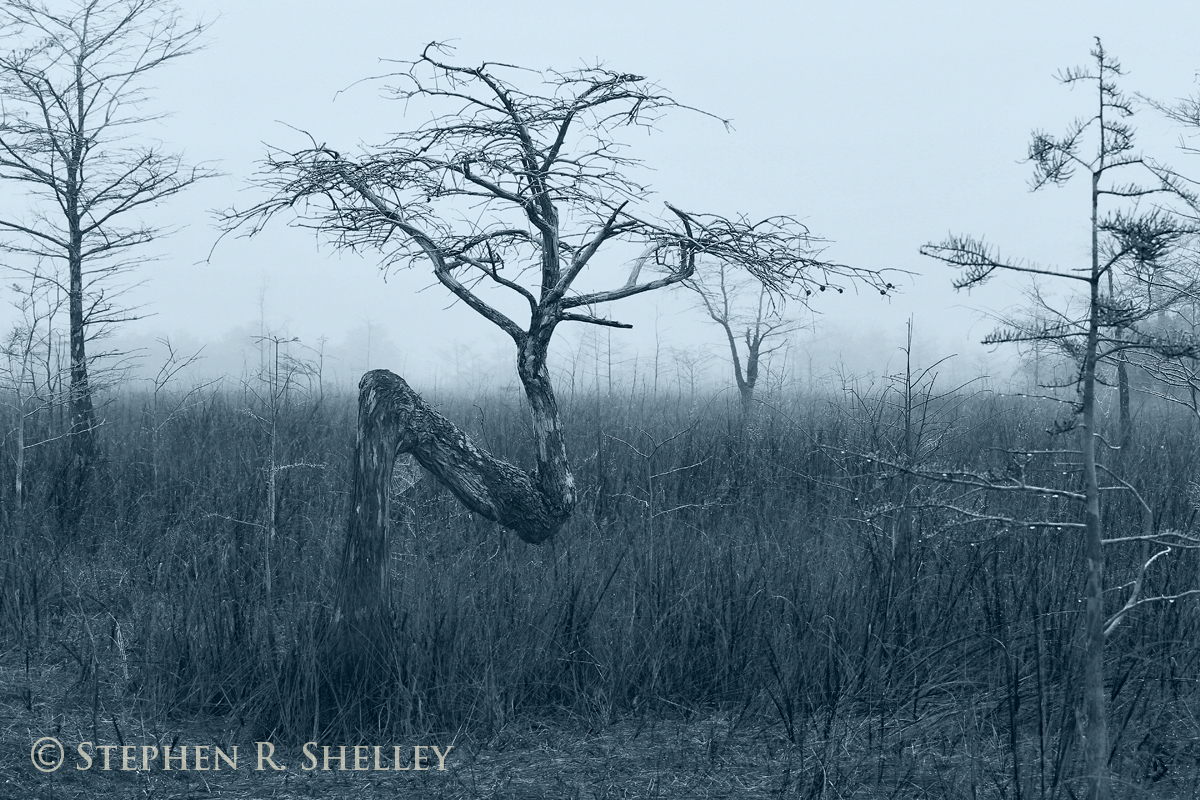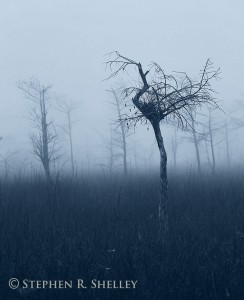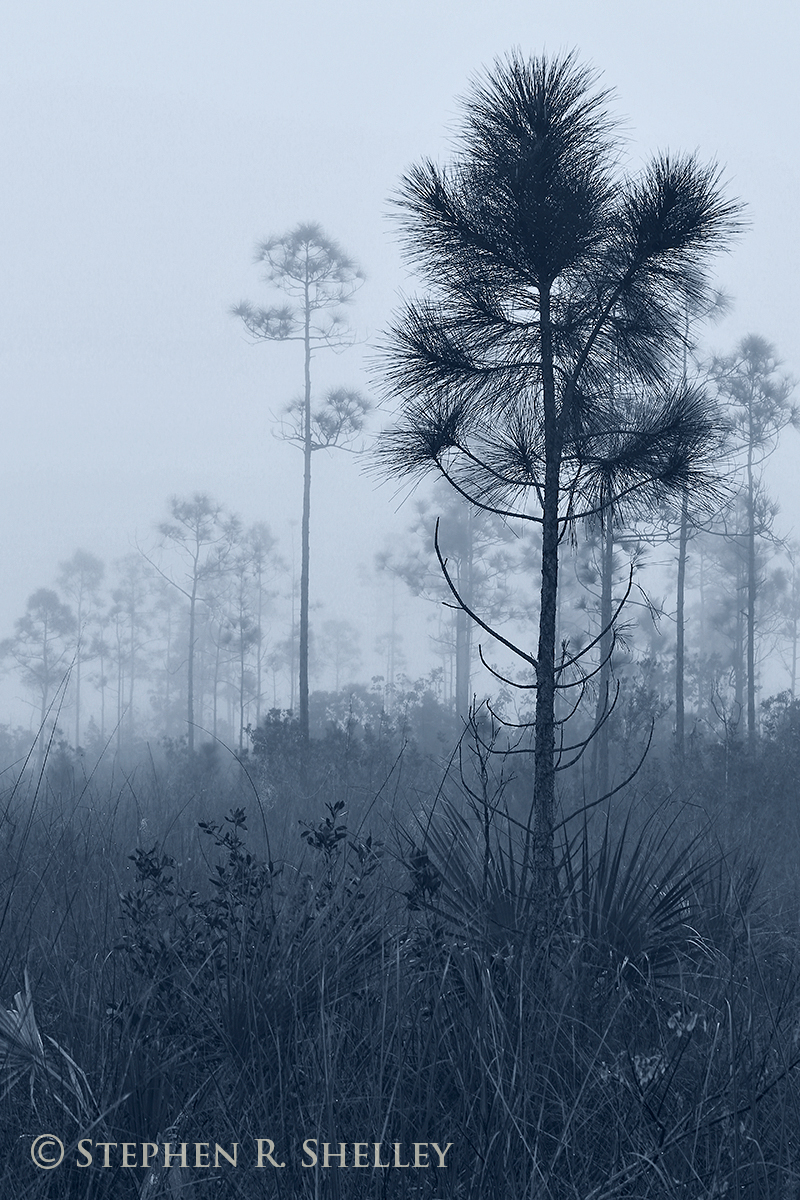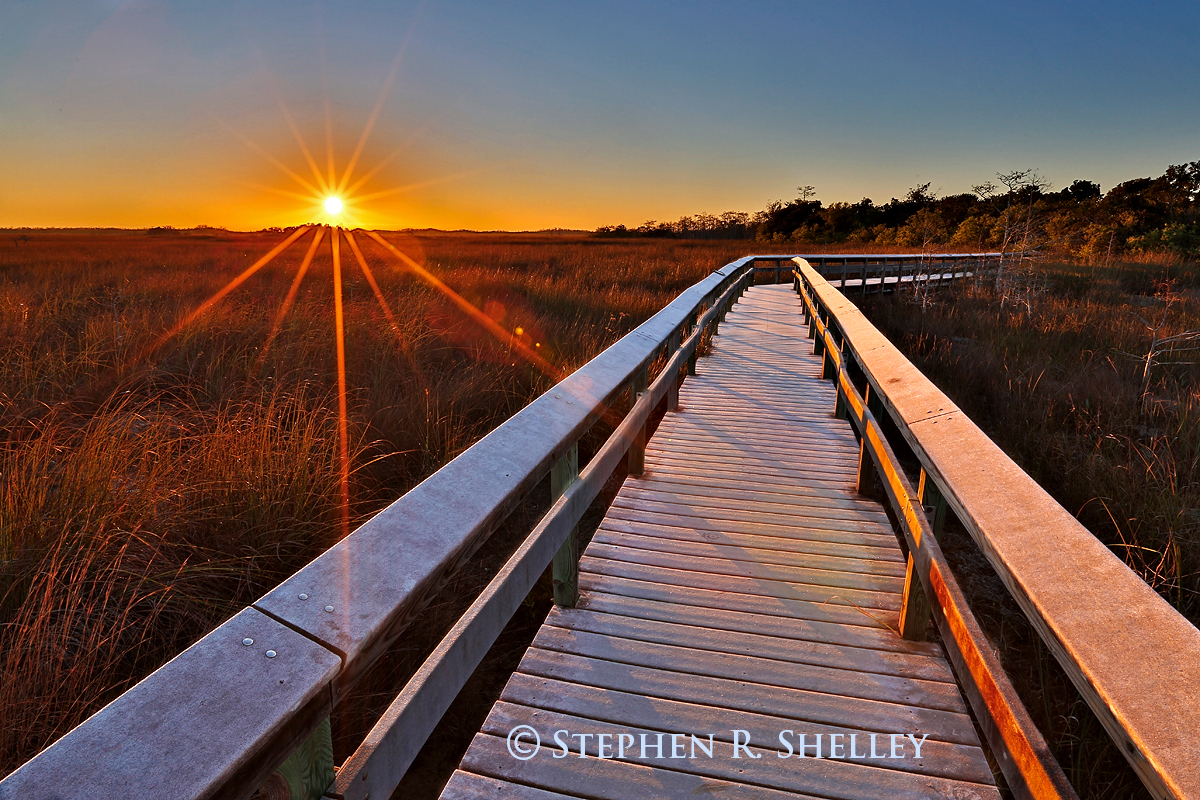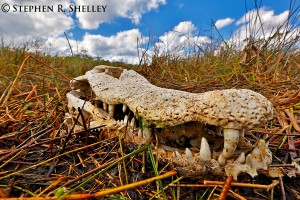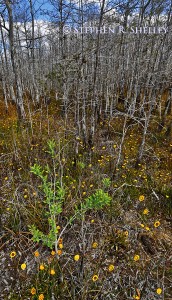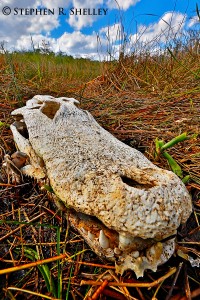Photographing fog has been on my list of things to do for quite some time. Being that fog is unpredictable and happens early in the mornings, I have been procrastinating on setting my alarm. However, yesterday I saw that there was a dense fog advisory and high probability for fog so I decided to get up early and make a trip out to Everglades National Park.
The fog cooperated and was fairly heavy. The sun was scheduled to rise around 6:50 AM but did not make an appearance until after 9 as a result of the fog. I did not have a real plan on how to shoot the fog so I experimented as I went. I captured a few decent shots and learned a lot for my next photo trip.
I found that fog is best captured with a long lens that compresses the scene and more accurately reflects the scene. Unless you are in white out conditions, fog is more noticeable in the distance than right around you. This is more accurately captured and/or accentuated with a long lens versus a wide angle lens.
I still need to find the best subject matter to compliment the fog. I tried pine trees and cypress trees yesterday. Next trip I will work with some of the lakes and/or boardwalks.
Another lesson learned was that color photos and fog tend to be bland. I found that if I converted them to black and white they had more emotion.
